This article, written by Thea O’Connor, was originally published in INTHEBLACK on November 1, 2018. You can read the original article here.
How can you make the shift from spending three-quarters of the day sitting to a more dynamic way of working? Researchers and workplace practitioners are standing up for standing.
Whenever Sydney-based CPA Jennifer Bachir answers the phone or reads a document at work, she stands. “I have a very sedentary job and can sit for up to three hours at a time,” says Bachir of Key Financial Consulting.
“When I became aware of the health risks of prolonged sitting, I developed the habit of standing for 15 minutes every hour.”
Bachir found that adding standing to her exercise routine of going to the gym four times a week makes her feel much better, and she has no doubt about the brain benefits of standing on the job.
“When I stand up to talk to clients on the phone, I’m more alert,” she says. “It also makes a difference to the tone of my voice – I’m more assertive.”
The average office worker today is more immobile than at any other point in human history. Hunter-gatherers walked an average of 15 kilometres a day, every day of their lives, according to Harvard Professor of Human Evolutionary Biology, Daniel Lieberman. By contrast, when you add the car commute, the sedentary working day and your lounge time, we can sit for more than 15 hours a day without even noticing.
The dangers of this lifestyle were pointed out in an online toolkit created by the University of Queensland. It states that people who sit for more than 11 hours a day have a 40 per cent increased risk of death in the next three years, compared with people who sit for less than four hours. Ironically, this great evolutionary slump is occurring right at the time when employee and organisational agility is considered essential for business survival.
Mental agility, stagnant body?
The effect of sedentary behaviour on the brain is the central focus of University of Western Australia PhD student, Michael Wheeler.
High sitting time has been associated with impaired brain function, according to Wheeler, who is based at Melbourne’s Baker Institute, but few studies have looked at the cognitive effects of reducing sitting. “I suspect that reducing sitting is more likely to slow cognitive decline rather than improve brain function,” he says. Slowing decline is still a valuable effect given the rising age of workers and high rates of dementia in the community.
“When I stand up to talk to clients on the phone, I’m more alert. It also makes a difference to the tone of my voice – I’m more assertive.” Jennifer Bachir CPA, Key Financial Consulting
Wheeler is investigating whether the immediate cognitive benefits of morning exercise can be enhanced by subsequent walking “brain breaks” taken throughout the day. To date, this is a little-investigated area with mixed findings.
One small study of healthy but overweight adults found that accumulating 2.5 hours of walking breaks across an eight-hour day resulted in better cognitive performance on a range of tests compared with sitting for eight hours. The results of Wheeler’s research, which will have significant implications for workplace productivity, are due to be released later this year.
One way that sitting might affect brain function is through impairing brain blood flow and blood glucose control, says Wheeler. We need a good supply of blood and glucose to the brain to support cognitive function.
Sitting can also contribute to poor glucose control, as large muscles are not working to take up glucose from the blood.
Introducing dynamic working

One workplace that is supporting its workers to be agile in body as well as mind is property and infrastructure group, Lendlease. When 2000 of its employees moved from various locations in Sydney to the city’s Barangaroo waterfront development in 2017, it used the opportunity to transition to a more flexible way of working. This involved creating an “agile environment” where work is team-based with non-allocated desks, and the physical environment designed to make small, frequent movements easy.
Forty per cent of workstations are of variable height, meeting rooms have a rail around the walls for people to lean on if standing, and stairs are positioned just before you get to the lift, to nudge workers into a healthier choice. Managers are equipped with maps that show options for walking to meetings in the local precinct.
“We encourage people to move during the day according to tasks,” says Duncan Young, head of workplace health and wellbeing, Lendlease, Sydney, who believes in the theory of marginal gains, where small improvements add up to big differences.
Has this focus on “dynamic working” – a term coined by Young and colleagues – been working?
Twelve months after the move from static desks to the agile environment at Barangaroo, workers were sitting for an average of 43 minutes less, and standing 41 minutes more during working hours. The amount of stepping or walking at work increased by six minutes.
These are modest changes, but if they serve to interrupt hours-long sitting bouts, the health benefits can still be meaningful.
“Standing doesn’t burn up much energy, but decades of physiology research show that a whole range of biological processes that help to maintain healthy blood vessels, blood pressure and blood glucose, for example, are activated by postural change,” says Professor David Dunstan, head of the physical activity laboratory at the Baker Institute.
The message to sit less and move more is a simple one, but the research behind it is surprisingly complex. As researchers delve deeper into the physiology of inactivity, they continue to reveal a finer grain to the picture of sedentary behaviour. Dunstan goes so far to call it “the most underrated health threat of modern time”.
Up the intensity
Thirty minutes a day of moderate physical activity does not cancel out the increased risk of death from cardiovascular disease and cancer that is associated with prolonged sitting, according to a systematic review published in The Lancet medical journal in 2016, involving data from 850,060 people.
However, high levels of physical activity for 60 to 75 minutes a day can eliminate the risks associated with sitting for more than eight hours a day. This raises the possibility that the current recommendation of 30 minutes of moderate intensity physical activity may not be enough for our chair-based lives.
“In Australia, 60 per cent of adults do not even meet the minimum recommendation of 30 minutes a day, so a huge proportion of our population is exposed to the risks of sitting,” says Dunstan.
Don’t lounge after lunch
Sitting after eating makes blood glucose control more difficult. Replacing sitting with light-intensity walking at this time improves glucose control after food consumption. A walk after lunch, washing the dishes after dinner and active commuting to work after breakfast will achieve this aim.
Standing is good and stepping is better for our health, but how does stepping compare to resistance exercises? One study involving people with diabetes compared three minutes of walking every half an hour with three minutes of simple resistance exercises, such as calf raises, half squats and knee lifts. Both ways of interrupting sitting reduced blood glucose levels, whereas the resistance exercises were more effective than walking in reducing blood pressure.
Single does or sporadic?
Light physical activity spread across the day is better for blood glucose control than a single bout of moderate to vigorous exercise, according to Wheeler, even when both types of movement expend the same amount of total energy.
However, don’t overdo it. Standing for more than four hours a day at work is associated with lower back symptoms, according to a 2016 review published in the British Journal of Sports Medicine. BeUpstanding suggests spending 50 per cent or less of your work day sitting, and getting up every 30 minutes to avoid prolonged periods of sitting.
The solution
Meetings on the move
Standing meetings are commonplace in modern Australian offices and are well-suited to short updates of about 20 minutes or less. Walking meetings, not as keenly adopted, work best with small groups of two or three people, ideally outside. According to Stanford University research, walking stimulates creative thinking, so they could prove crucial if you and your colleagues are looking for that light-bulb moment. If you simply can’t escape the office, encourage stretch breaks for meetings longer than half an hour.
Keep on your toes
Think outside the office cubicle to get the best results. Whether it be walking to your colleague’s desk to discuss your work, standing up to make or answer phone calls, or incorporating exercise into your outdoor lunch break, building movement into your professional routine is important for your health. The start can be simple: walk or ride part of the way to work and ditch the office lift for the stairs.
Emmanuel Stamatakis, professor of physical activity, lifestyle and population health, University of Sydney, says the health risks are too severe not to alter your work-day routine, as problems range from type 2 diabetes to heart disease and even an early death. “Any movement matters,” Stamatakis says. “Whether in the office, moving from place to place or during leisure time. It is a great investment for employers to provide an environment that encourages stair climbing and walking during work hours whenever possible.”
Prolonged sitting increases the risk of:
Weak muscles
Excess body weight
Anxiety and depression
Hip and back problems
Certain cancers including lung, uterine and colon cancer
Stiff neck and shoulders Heart disease
Diabetes
Varicose veins
Source: Better Health Channel, Victorian Government
http://BeUpstanding.com.au is a free online toolkit designed to help workplaces stand up, sit less and move more. It is based on the Stand Up Australia program of research conducted at the University of Queensland’s, Baker Heart and Diabetes Institute, in collaboration with Deakin University, the Australian Government and industry.
This article was originally published in INTHEBLACK on November 1, 2018. Read the original article here.

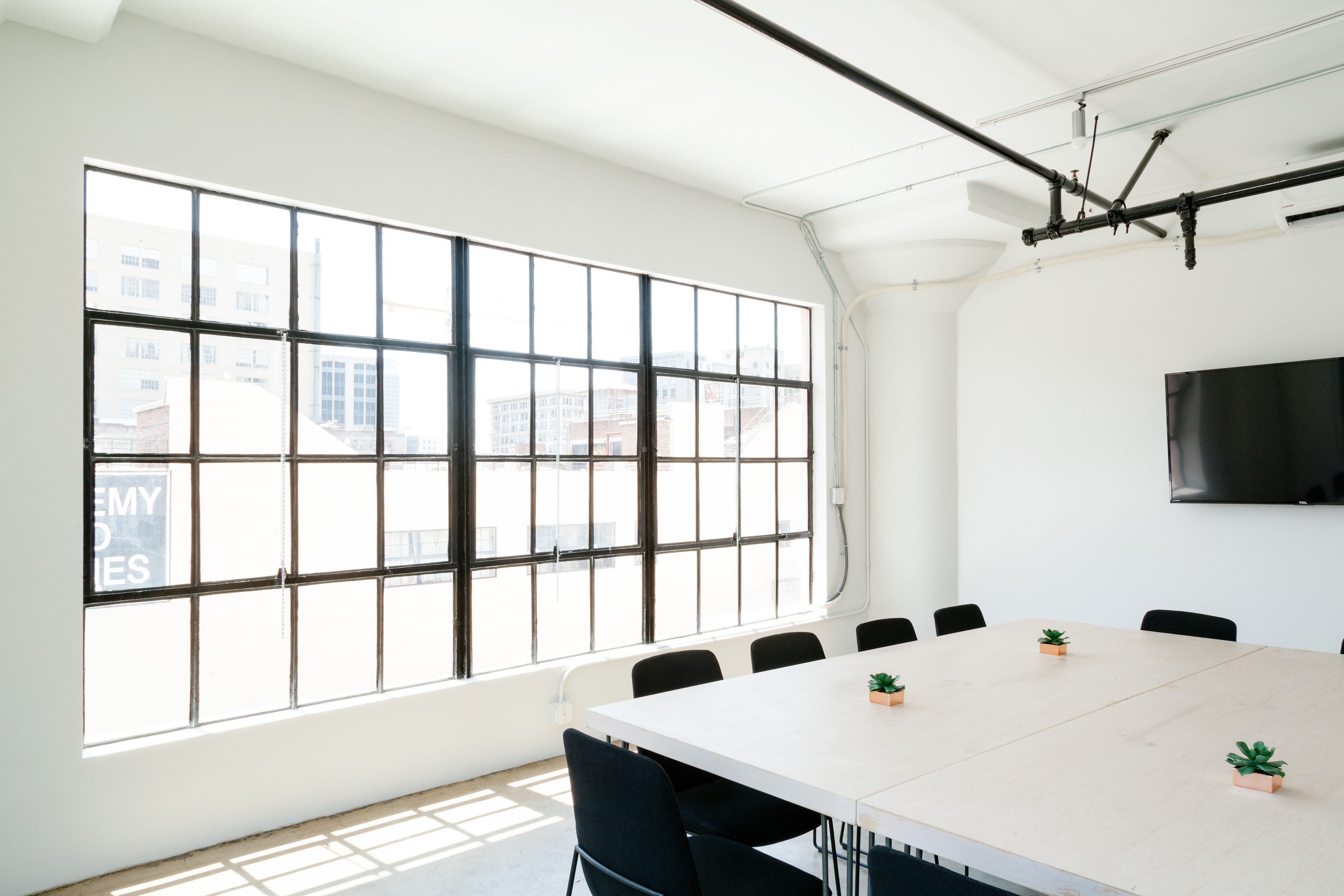


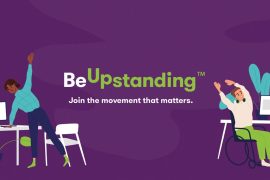
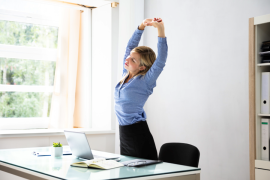
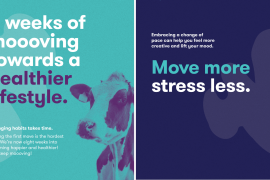
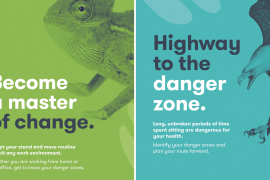


Comments are closed.